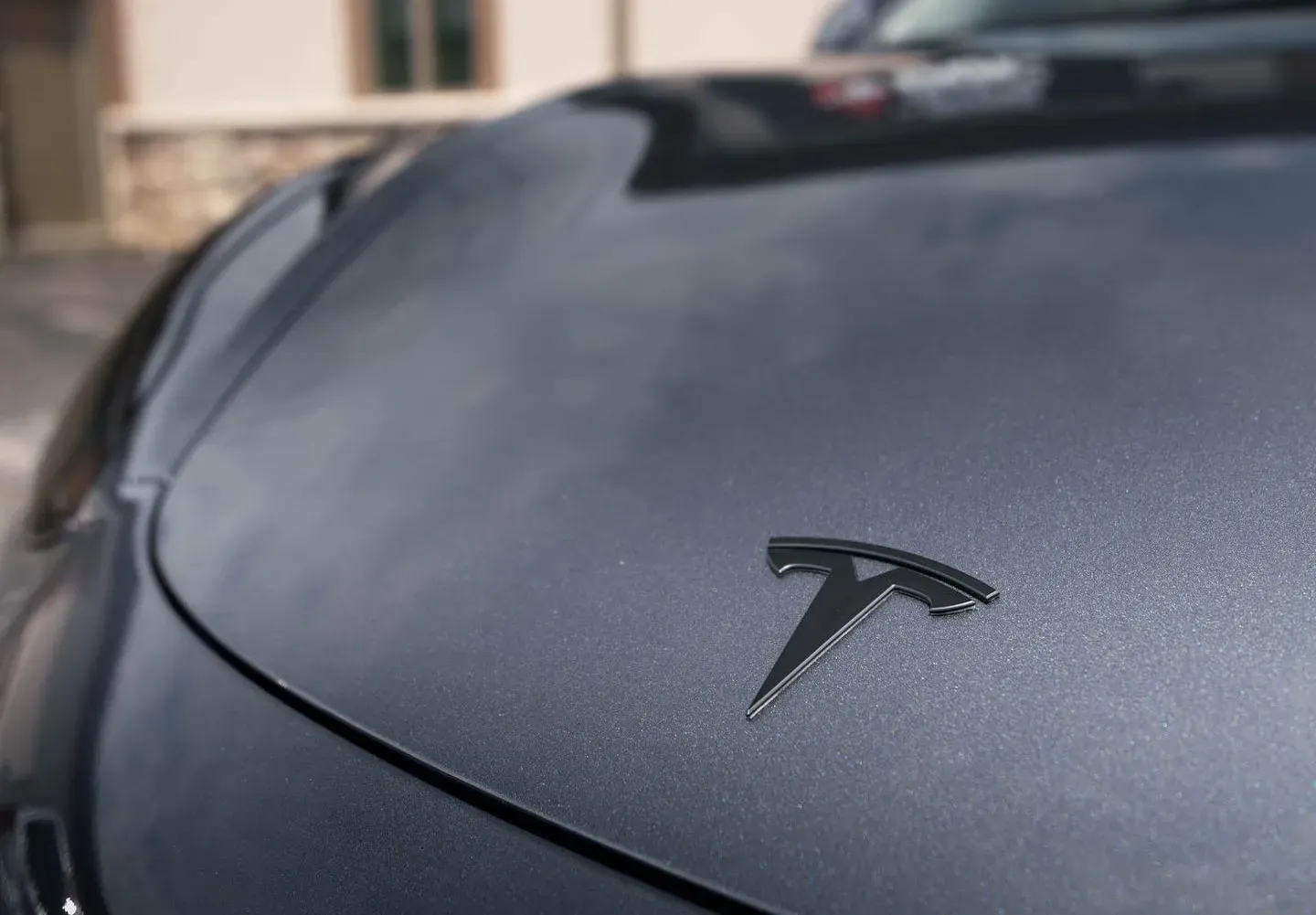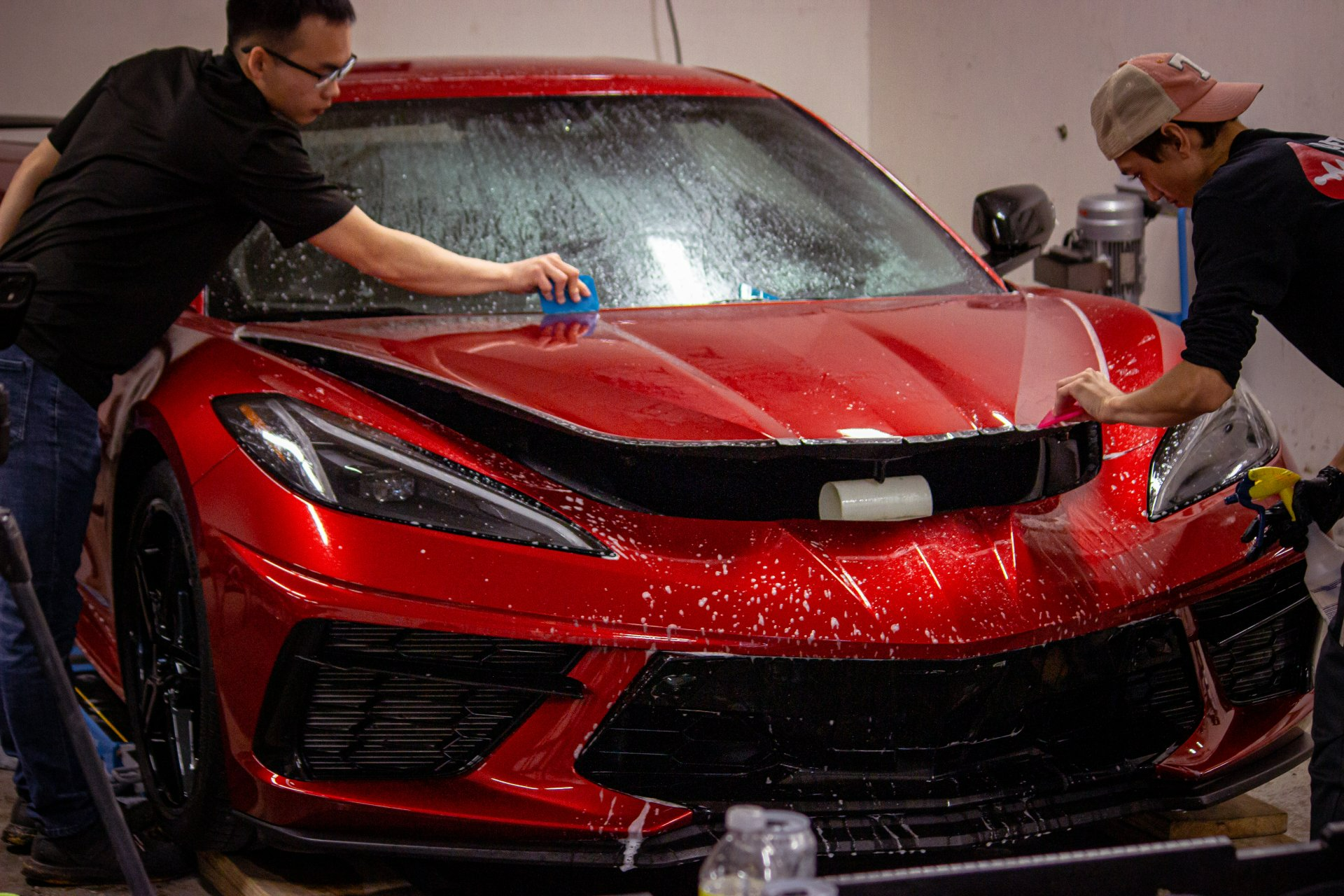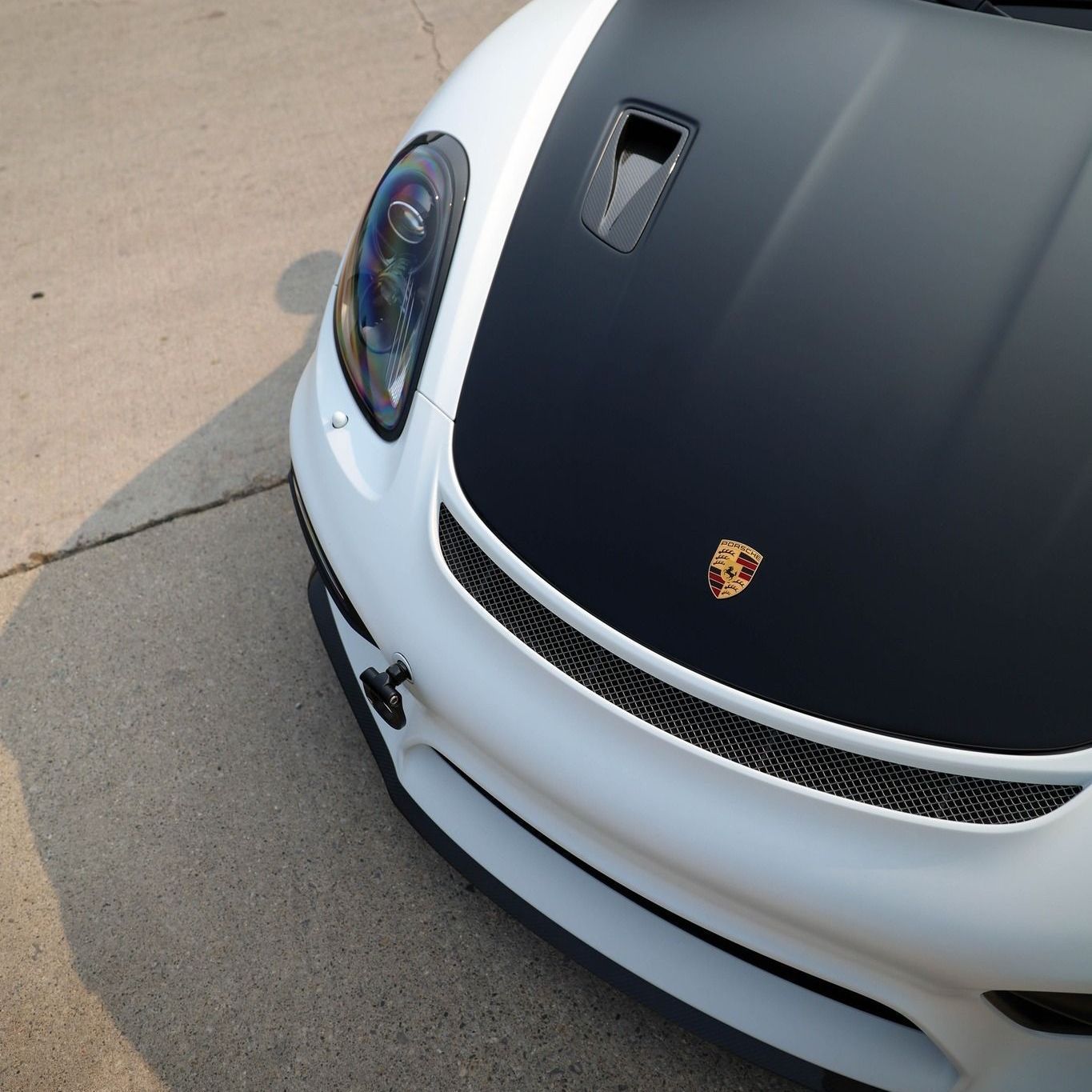The Detail Doc Blog
How Important Is PPF for Your New Car? Benefits and Maintenance Explained
(989) 244-0505 GET SCHEDULED NOWWhen you drive off the lot in your shiny new car, it's natural to feel a rush of excitement and pride. But have you thought about how to keep that new-car glow? Paint Protection Film (PPF) could be the crucial tool you need to protect your new car. Designed to safeguard your vehicle from dings, scratches, and harmful environmental factors, PPF does more than just keep your car looking great—it's also an investment that can increase your resale value down the road. Let’s dive into why protecting your new ride with PPF might be one of the best decisions you'll make as a car owner.
Applying
Paint Protection Film (PPF) to your new car is crucial as it provides a robust barrier against physical damage, such as rock chips and scratches, while also protecting against environmental contaminants like bird droppings and tree sap. Additionally, PPF can help maintain the aesthetic appearance of your vehicle over time, significantly enhancing its resale value by preserving the factory finish.
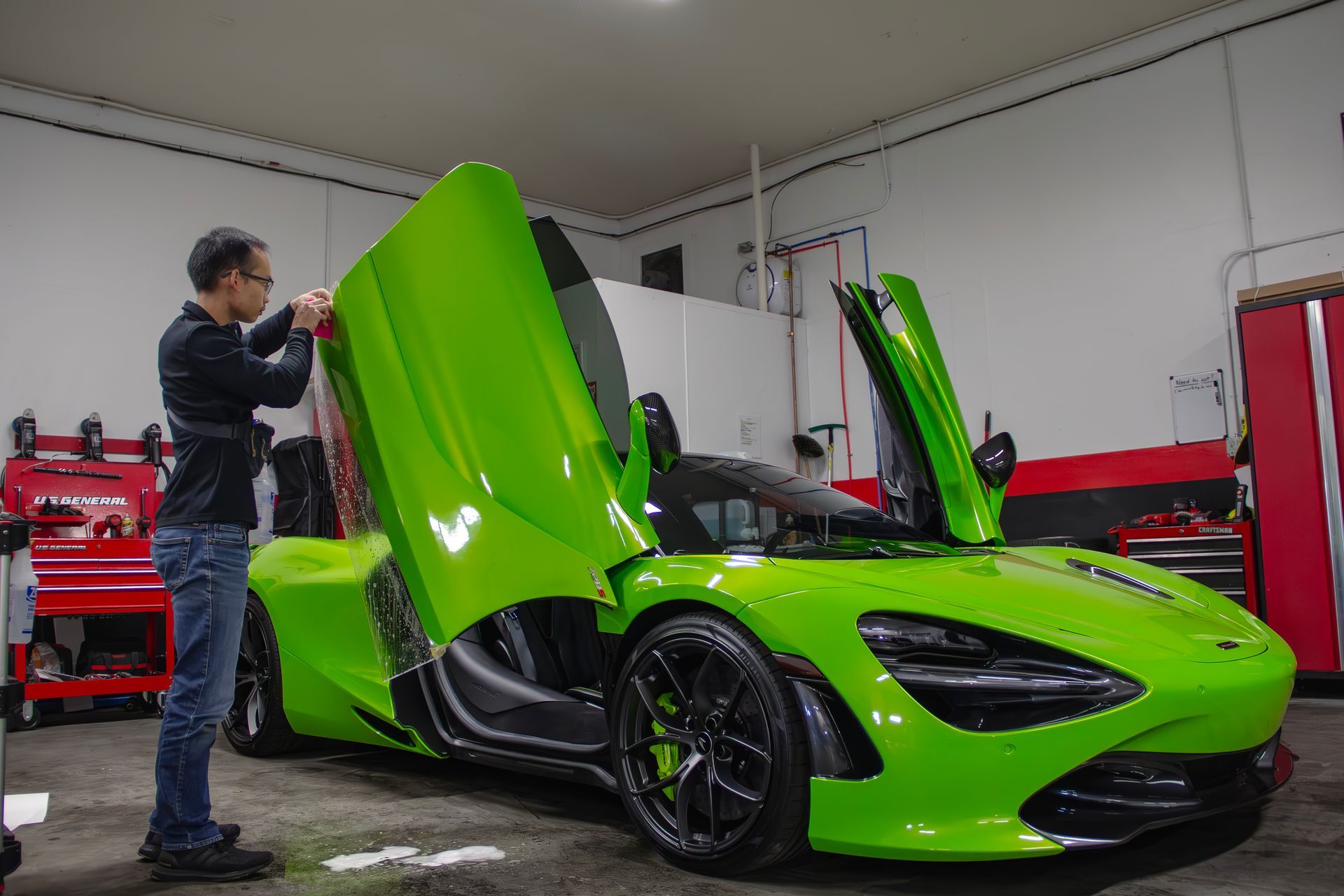
What is PPF?
Paint Protection Film (PPF) is more than just a protective layer for your vehicle; it's like a shield designed specifically to defend your car's exterior from everyday wear and tear. This clear, durable film is applied directly to the painted surfaces of your vehicle, acting as a barrier against various forms of damage that can often go unnoticed until it's too late.
The material itself is typically crafted from thermoplastic urethane, renowned for its flexibility and remarkable resistance to corrosion, abrasion, and the inevitable impacts we encounter on our roads. Imagine driving down a gravel road or getting caught behind a transport truck; PPF steps in to absorb the brunt of these dangers. It's engineered not only to prevent scratches from minor debris but also to fend off more significant threats like rock chips and environmental pollutants.
Furthermore, one of the standout features of PPF is its transparency, which allows your vehicle's original paint color and finish to shine through without obstruction. By offering this invisible protective layer, PPF maintains the aesthetics of your car while boosting its longevity.
While many people are aware that car paint can fade over time due to UV rays or other environmental factors, they might not realize that PPF can also block up to 99% of these harmful UV rays, effectively preventing paint fading and oxidation. This means you're protecting your car from damage and keeping it shiny for years.
As we continue to examine PPF's attributes, it becomes evident that this innovative solution provides both immediate protection and long-term savings by helping maintain your vehicle’s value over time. Let's transition into the specific advantages that come with using this product for your car.
Benefits of PPF for Your Car
One of the standout benefits of Paint Protection Film (PPF) is its ability to act as a shield against rock chips, road debris, and other potential hazards that threaten your vehicle's appearance.
Imagine cruising down the highway, protected from unsightly damage that can result from everyday driving. A study by AAA revealed that cars outfitted with PPF experienced a remarkable 60% reduction in paint damage over a five-year period compared to those without this crucial layer of protection. This substantial difference underscores how investing in PPF can preserve your vehicle’s aesthetics and integrity.
Besides protection, PPF also offers both aesthetic enhancements and financial benefits that can elevate your ownership experience.
Enhanced Appearance
When it comes to looks, PPF doesn’t just serve a practical purpose; it elevates your car’s visual appeal as well.
Beyond aesthetics lies another compelling reason to consider PPF: the financial savvy it brings.
Financial Benefits
When you think long-term, PPF isn't just about immediate protection; it's an investment that could pay dividends.
Vehicles equipped with well-maintained PPF have been found to sell for about 10% more than their unprotected counterparts, according to Kelley Blue Book. Imagine this: every dent shielded and every scratch avoided can translate into greater resale returns! This cost-effectiveness makes PPF not merely an accessory but a sensible financial decision for any car owner aiming for longevity in both the visual appeal and value of their vehicle.
Long-Term Cost Effectiveness
Understanding how investing in PPF can save you money in the future is crucial. Yes, it requires a considerable upfront cost, but consider it more like purchasing an insurance policy for your car’s finish. By safeguarding it against inflicted damage, you're preventing aesthetic issues and saving yourself from larger repair bills associated with paint chips or scratches that could worsen over time.
Investing in PPF is like putting a seatbelt on your vehicle—it might feel unimportant until you actually need it.
Over time, you'll find that PPF leads to a significant reduction in ongoing maintenance costs. Here’s where the financial picture brightens up: With proper care and maintenance of your PPF, you'll observe lower expenses related to touch-ups, repainting jobs, and extensive repairs due to damages from day-to-day driving.
To further clarify these benefits, here are a few specific savings:
You’ll likely face fewer repainting needs because the underlying paint stays protected.
Lower expenses on minor repairs mean you aren’t constantly shelling out cash for quick fixes to chips and scratches caused by daily driving.
Most importantly, having a well-maintained vehicle with PPF can significantly improve its resale value, often yielding returns of up to 15% more compared to unprotected vehicles.
Taking all of these costs into account reveals that while PPF may appear expensive initially, its worth becomes clear when considering long-term savings and benefits. As we explore further, it's essential to compare this form of protection with other options available in the market.
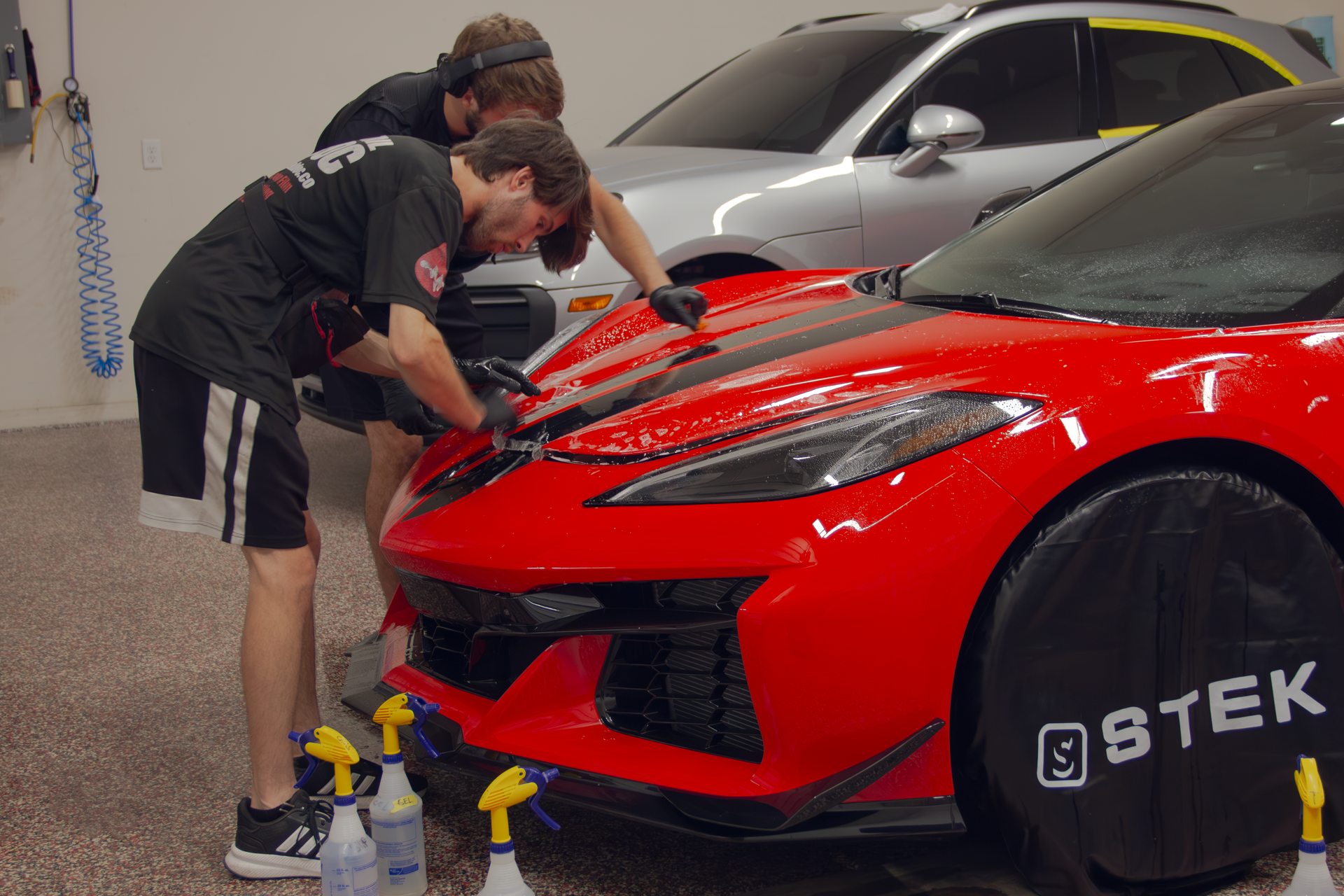
PPF vs Other Coatings
When considering vehicle protection, it's crucial to compare Paint Protection Film (PPF) with alternatives like ceramic coatings, waxes, and sealants. Each option comes with its unique pros and cons, tailored to various user needs and preferences.
Protection Quality
PPF stands out due to its superior physical barrier. Unlike ceramic coatings that form a hard, hydrophobic layer on the car's surface, PPF provides a protective shield that actively absorbs impacts.
Consider this: a small rock or debris that strikes the surface of a ceramic-coated vehicle could lead to chips or cracks; however, when your car is protected by PPF, those same impacts simply bounce off without causing damage. This remarkable quality has made PPF an essential defense against everyday road hazards.
Yet, while impact resistance is one area where PPF excels, it’s important to recognize how these protective layers differ beyond sheer strength.
Aesthetic Benefits
Ceramic coatings excel in terms of aesthetics. Their high-gloss finish not only enhances the visual appeal of your vehicle but also makes cleaning remarkably easy. As the slick surface repels water and dirt effectively, less maintenance becomes a welcome reality for car owners focused on appearance.
Additionally, maintenance considerations play a pivotal role in this decision-making process.
Maintenance Considerations
Both Paint Protection Film and ceramic coatings offer advantages when it comes to upkeep. PPF requires minimal maintenance—simply wash and dry like normal to keep it looking pristine—yet it does need periodic inspections to ensure no sections have lifted or become damaged over time.
On the other hand, ceramic coatings provide lengthy durability when properly maintained but may require additional products to preserve longevity and effectiveness. Understanding your commitment level can significantly influence your choice.
Understanding your specific needs as a car owner—whether you're looking for unrivaled impact resistance or an unbeatable aesthetic shine—is ultimately the key to distinguishing between PPF and alternatives.
As you weigh these options for your new vehicle, gaining insights into installation procedures will be essential as you prepare for protection.
Maintenance Guidelines
Keeping your PPF in peak condition isn’t just an option; it’s a necessity that helps extend its life and effectiveness. The first step in your maintenance routine is establishing a consistent cleaning schedule. Regular washing every one to two weeks removes dirt and contaminants that can degrade the film over time.
Using a pH-neutral car shampoo is crucial because it won’t harm the protective layer. Always utilize a soft microfiber cloth, as rough materials can scratch or scuff the surface.
A quick tip: steer clear of high-pressure water jets. They might seem effective, but they have the potential to lift the edges of your film, rendering it less effective.
Once you’ve established a solid cleaning routine, it's equally important to perform regular inspections.
Inspecting for Damage
Conducting a thorough inspection will allow you to catch any issues early on. Start with a visual check of your PPF every few weeks; note any lifting edges or bubbles that could lead to larger problems down the line.
Visual Inspection: Look closely at each section of the film, especially areas prone to wear like the front bumper and leading edges.
Minor Repairs: For small issues such as lifting edges, mild heat from a hairdryer can often encourage them back into place—just be careful not to overheat it.
Professional Checkups: Schedule an annual appointment with a certified professional who specializes in PPF application and maintenance. This ensures comprehensive checks for significant issues that you might miss during regular inspections.
As you adhere to these guidelines, you’ll maximize the lifespan of your PPF and maintain your vehicle's pristine appearance throughout its lifetime.
Taking care of your PPF may seem like an extra chore initially, but it's an investment in protecting your vehicle that pays off significantly in both appearance and longevity. By incorporating these straightforward steps into your daily routine, you can protect your car from premature deterioration and maintain its pristine appearance for many years to come.
For personalized guidance on maintaining your vehicle’s protection, don't hesitate to reach out to us at The Detail Doc or call (989) 244-0505 today!


